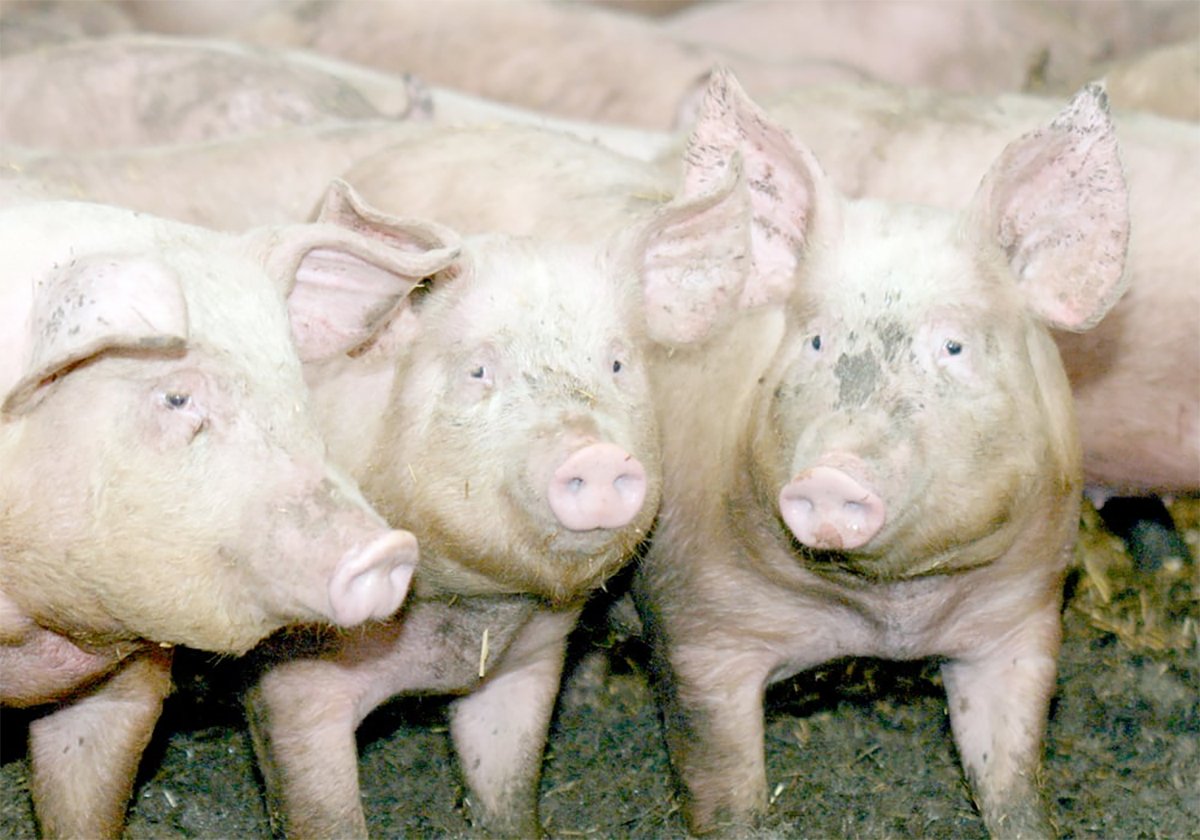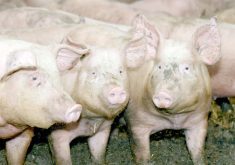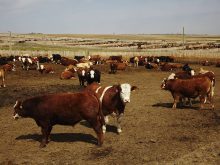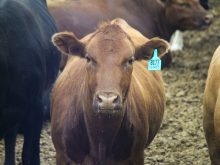Canadian meat hygiene regulations have explicit instructions for handling crippled animals, downers and obviously sick animals. They must be identified, recorded and segregated from normal animals and should be dealt with as soon as possible.
The animals can be killed and bled in public stockyards before transportation to a registered slaughter establishment for dressing, post-mortem inspection and disposition.
Severely crippled or downer animals require an ante-mortem inspection by an official veterinarian, who completes a report. He may recommend condemnation or allow the animal to go for consumption, depending on its condition.
Read Also

The Western Producer Livestock Report – November 13, 2025
Western Producer Livestock Report for November 13, 2025. See U.S. & Canadian hog prices, Canadian bison & lamb market data and sales insights.
The carcass is transported in an enclosed watertight metal container to a registered slaughter establishment located close to the stockyard. Whenever possible, slaughter and transport should be arranged so the carcass arrives at the end of the regular slaughter.
Time element
Dressing of the carcass should begin at the registered slaughter establishment within an hour of the time of slaughter.
A veterinarian handles a final post-mortem and disposition of the carcass, where it may be condemned or allowed for consumption.
No meat products approved for human consumption from such carcasses are eligible for export. If it has been condemned for any reason, the animal is a candidate for bovine spongiform encephalopathy testing.















